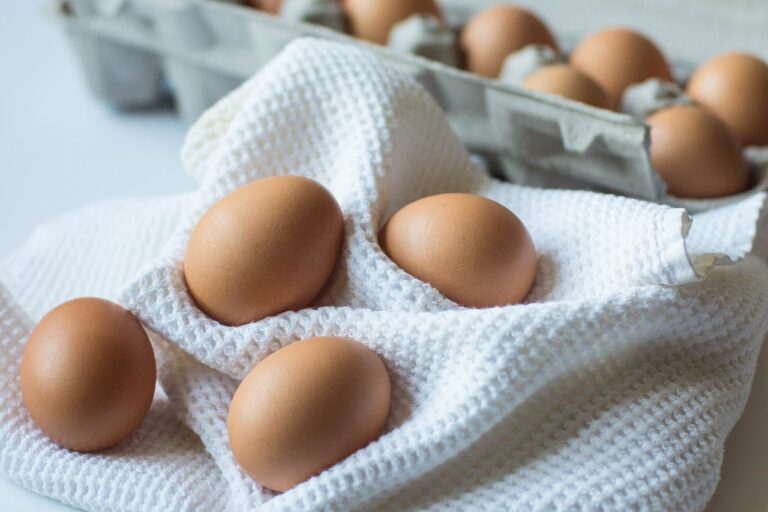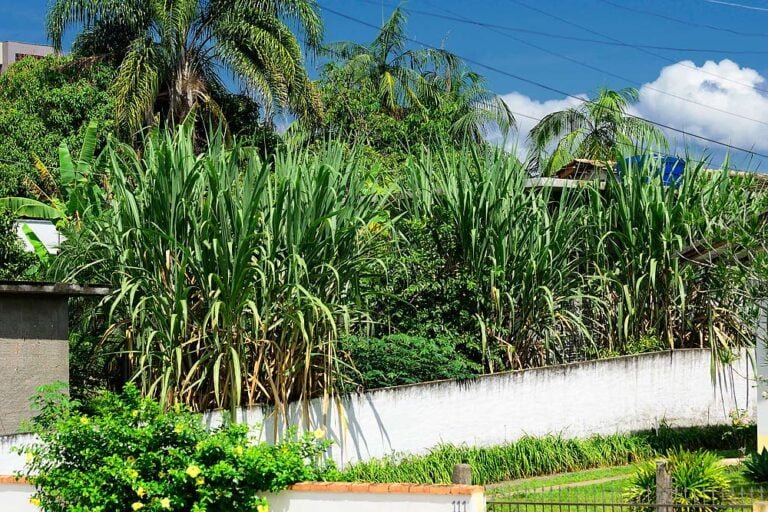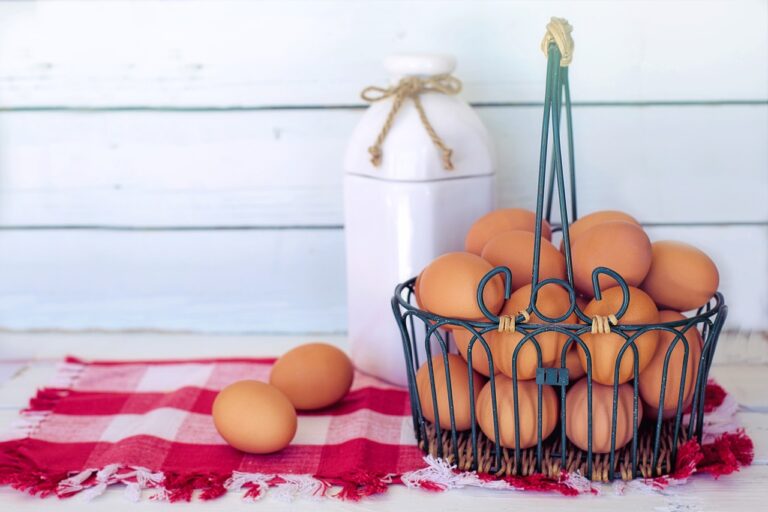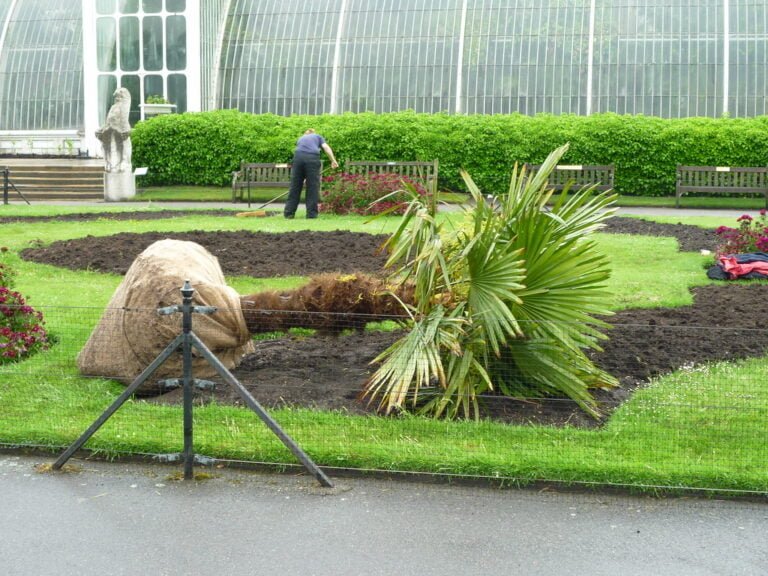Exploring the Different Types of Indeterminate Tomatoes
Indeterminate tomatoes come in various types, showcasing continuous growth and reaching heights of 6 to 12 feet. With distinct flowering along their shoots, these plants require sturdy trellises for support and offer a constant supply of tasty fruit. Popular varieties include Beefsteak and Cherokee Purple, favored for their flavor. To maximize harvest, provide proper care, support, and pruning. Remember, a bountiful tomato season awaits with these versatile plants.
Characteristics of Indeterminate Tomatoes
Continuously vining and bearing fruit until the first fall frost, indeterminate tomatoes showcase vital growth patterns that necessitate strong support structures such as tall tomato trellises and cages. These tomatoes, characterized by their ability to grow between 6 to 12 feet in height, exhibit a unique flowering behavior along the sides of their shoots, leading to a continuous production of fruit throughout the season.
Pruning plays a critical role in optimizing the growth and fruiting potential of indeterminate tomatoes. By removing the suckers – the small shoots that develop in the crotches between the main stem and branches – gardeners can direct the plant’s energy towards fruit production, resulting in larger and healthier tomatoes.
While indeterminate tomatoes tend to ripen later in the season compared to determinate varieties, they offer a prolonged harvest window. This extended harvest period allows for a consistent supply of fresh tomatoes, making them a popular choice among gardeners looking to enjoy a continuous bounty of homegrown produce.
To support the expansive growth habit of indeterminate tomatoes and prevent them from toppling over under the weight of their fruit, it is vital to provide them with sturdy trellises or cages. These structures not only help in maintaining the plant’s upright posture but also ensure good air circulation and sunlight exposure, further enhancing fruit development.
Best Support Methods for Indeterminate Tomatoes
Indeterminate tomatoes, with their potential to reach heights of up to 12 feet, require robust support systems to prevent vine damage and optimize fruit production. When growing indeterminate tomato plants, using sturdy stakes or caging is crucial to make sure the vines do not bend or break under the weight of the fruit throughout the growing season.
Supporting indeterminate tomatoes with vertical methods such as tall tomato trellises or cages not only prevents damage but also provides good airflow and sunlight exposure to the plants. This leads to healthier growth and better fruit yield. Additionally, vertical support methods help save space in the garden and make it easier to manage the plants.
Pruning Techniques for Indeterminate Tomatoes
Pruning techniques for indeterminate tomatoes involve the careful removal of suckers to improve airflow and fruit production. Suckers are small stalks that develop between the main stem and leaf branches of the tomato plant. By eliminating these suckers, several benefits can be achieved:
- Enhanced Airflow: Removing suckers helps to increase the circulation of air around the plant, reducing the chances of diseases that thrive in humid conditions.
- Improved Fruit Production: Pruning promotes better fruit production by directing the plant’s energy towards developing fruits rather than on unnecessary growth.
- Larger Fruits: With the removal of suckers, the plant can channel more nutrients into the existing fruits, resulting in larger and more flavorful tomatoes.
- Earlier Ripening: Pruning encourages earlier ripening of tomatoes as the plant focuses its resources on fewer fruits, speeding up the maturation process.
- Healthier Plants: Proper pruning of indeterminate tomatoes leads to healthier plants overall, as it reduces the risk of overcrowding and allows for better sunlight penetration.
Maximizing Harvest From Indeterminate Tomatoes
To maximize the harvest from indeterminate tomatoes, it is important to prune for ideal growth and provide sturdy support for the vines to prevent them from collapsing under the weight of the fruit. By removing excess foliage and focusing the plant’s energy on fruit production, one can guarantee a bountiful harvest throughout the growing season. Implementing trellises or cages early on will help maintain the plants’ vertical growth and facilitate easier harvesting.
Pruning for Growth
When maximizing the harvest from indeterminate tomatoes, focusing on pruning is essential to directing the plant’s energy effectively for fruit production. Proper pruning techniques can lead to larger fruits, earlier ripening, and a more productive plant. Here are some key points to contemplate when pruning indeterminate tomatoes:
- Removing tomato suckers improves airflow and increases fruit yield.
- Pruning helps in redirecting energy towards fruit development.
- It results in larger fruits and earlier ripening.
- Suckers on indeterminate tomatoes can redirect energy from fruit production.
- A well-pruned plant is more manageable and productive in the long run.
Support for Vines
Supporting indeterminate tomatoes to maximize harvest involves utilizing sturdy structures like tall trellises and cages to accommodate their potential height of 6 to 12 feet. These support structures not only keep the vines off the ground but also aid in fruit development by promoting better airflow and sunlight exposure. Pruning suckers on indeterminate vines is essential as it improves airflow, leading to improved fruit production. Growing these tomatoes vertically not only saves space in the garden but also guarantees a steady harvest throughout the season. By investing in proper support systems like trellises and cages, gardeners can effectively manage the growth of indeterminate tomatoes and reap the rewards of a bountiful harvest.
Popular Indeterminate Tomato Varieties
I will introduce some top indeterminate tomato varieties and share growing tips for these prolific plants. Beefsteak, Big Boy, Brandywine, Cherokee Purple, and San Marzano II are among the popular indeterminate varieties known for their flavorful fruits. To guarantee a successful harvest, supporting these vigorous vines with sturdy structures and regular pruning of suckers are vital practices.
Top Indeterminate Varieties
Among the range of favored uncertain tomato varieties, Beefsteak, Big Boy, Brandywine, Cherokee Purple, and San Marzano stand out for their consistent fruit production throughout the growing season. These varieties offer a varied assortment of characteristics that make them a preferred choice among gardeners:
- Beefsteak: Recognized for its sizable, succulent fruits ideal for slicing.
- Big Boy: Yields a generous harvest of flavorful tomatoes.
- Brandywine: Provides a rich, zesty flavor that is unique and highly desired.
- Cherokee Purple: Noted for its distinctive taste profile that many find pleasing.
- San Marzano: Supplies an ongoing production of tomatoes perfect for sauces and preservation.
Growing Tips for Indeterminates
To optimize the growth and yield of popular indeterminate tomato varieties like Beefsteak, Big Boy, Brandywine, Cherokee Purple, and San Marzano II, it is important to implement effective growing tips tailored to their specific needs. These indeterminate tomatoes can reach heights of 6 to 12 feet, requiring sturdy support structures such as tall cages or trellises to prevent bending or breaking under the weight of the fruit. Pruning indeterminate tomatoes is essential for directing energy towards fruit production, resulting in larger fruits and earlier ripening. Growing these varieties vertically not only saves space but also improves airflow around the plants, reducing the risk of diseases. Proper care, including pruning and providing adequate support, is crucial for maximizing fruit production in these popular indeterminate tomato varieties.
Tips for Growing Indeterminate Tomatoes
When growing indeterminate tomatoes, ensuring proper support from tall trellises and cages is essential for their vertical growth and fruit production. Indeterminate tomatoes are vining plants that can reach impressive heights of 6 to 12 feet, so sturdy support structures are vital. Here are some practical tips for successfully growing indeterminate tomatoes:
- Support: Use tall tomato trellises or cages to provide the necessary support for the vertical growth of indeterminate tomatoes.
- Pruning: Regularly prune tomato suckers, the small shoots that develop in the crotches between the main stem and branches, to redirect the plant’s energy towards fruit production.
- Airflow: Proper airflow is critical for preventing diseases in indeterminate tomatoes. Pruning helps improve airflow around the plants.
- Fruit Production: Maximizing fruit production in indeterminate tomatoes requires consistent care, including watering, fertilizing, and monitoring for pests and diseases.
- Care: Indeterminate tomatoes produce flowers along their shoots, which will eventually develop into fruit. Care for these plants involves maintaining a consistent watering schedule and providing adequate sunlight for best growth.






